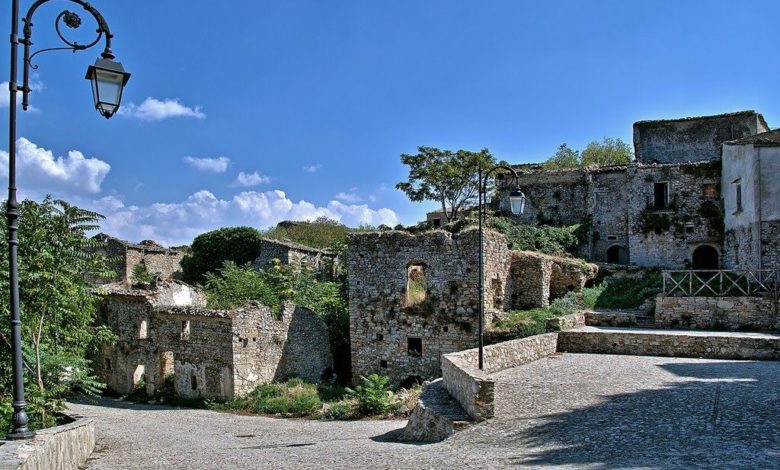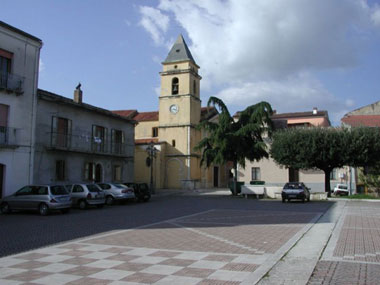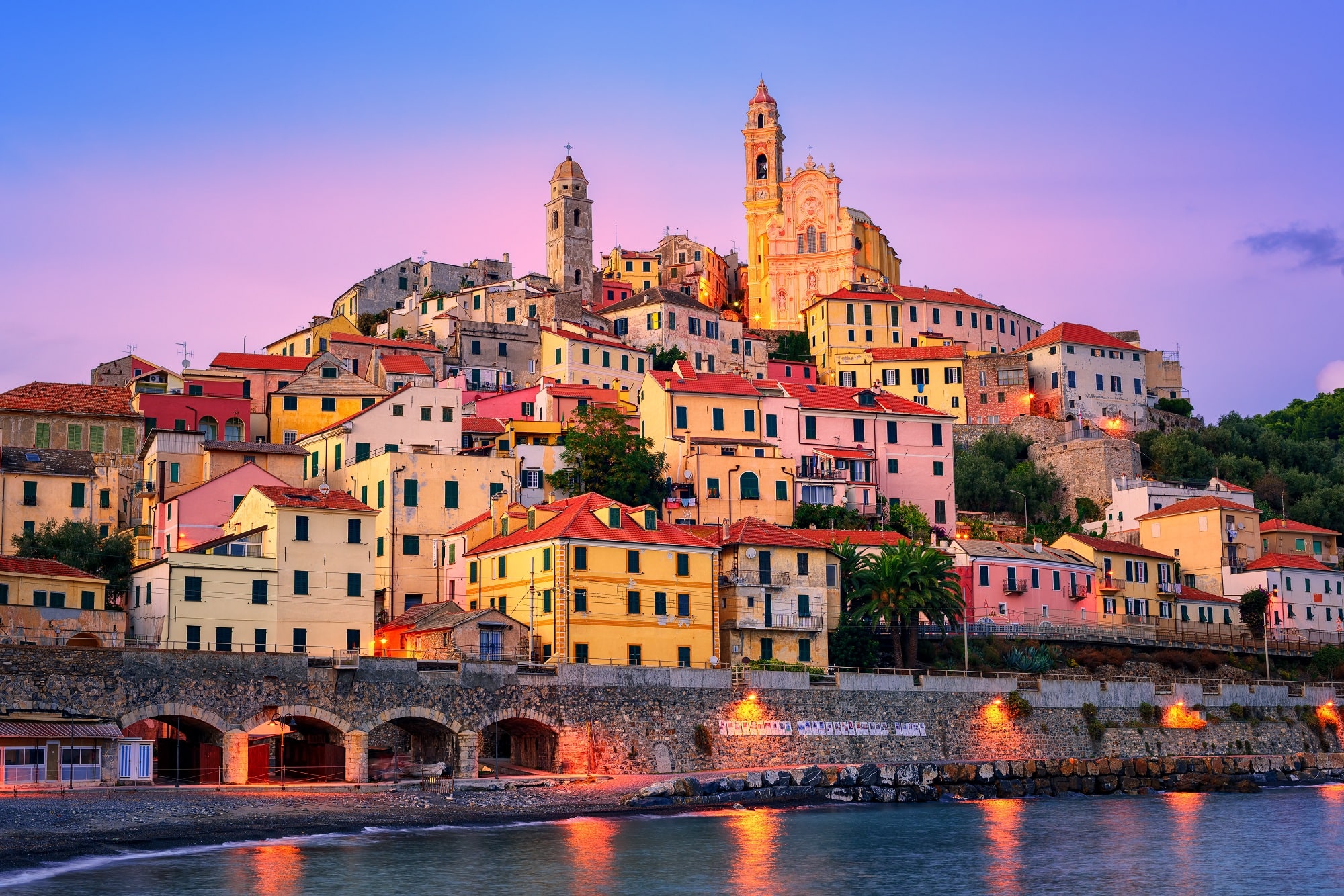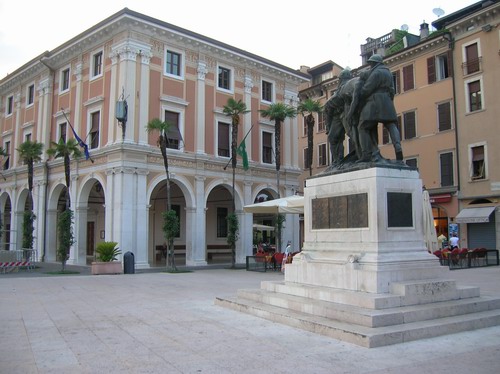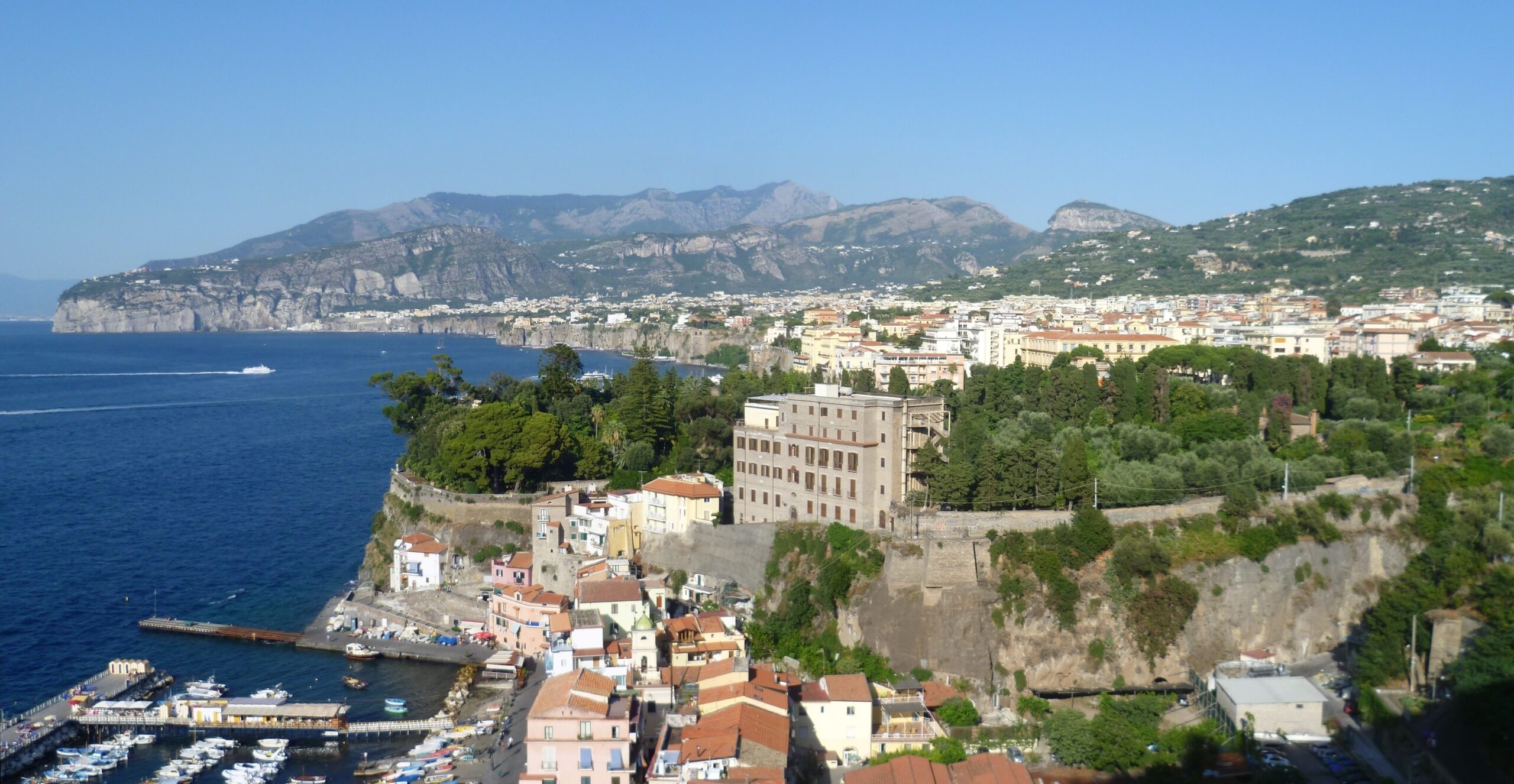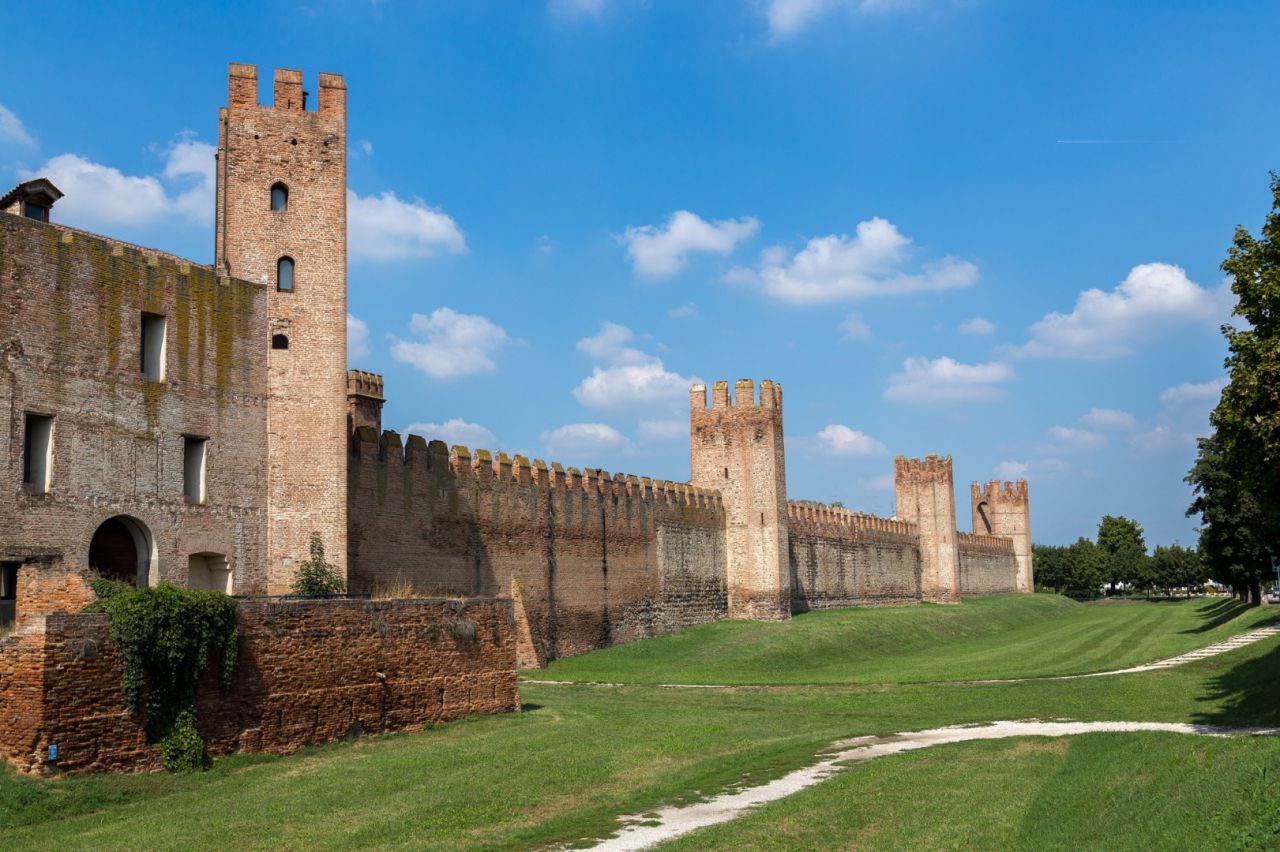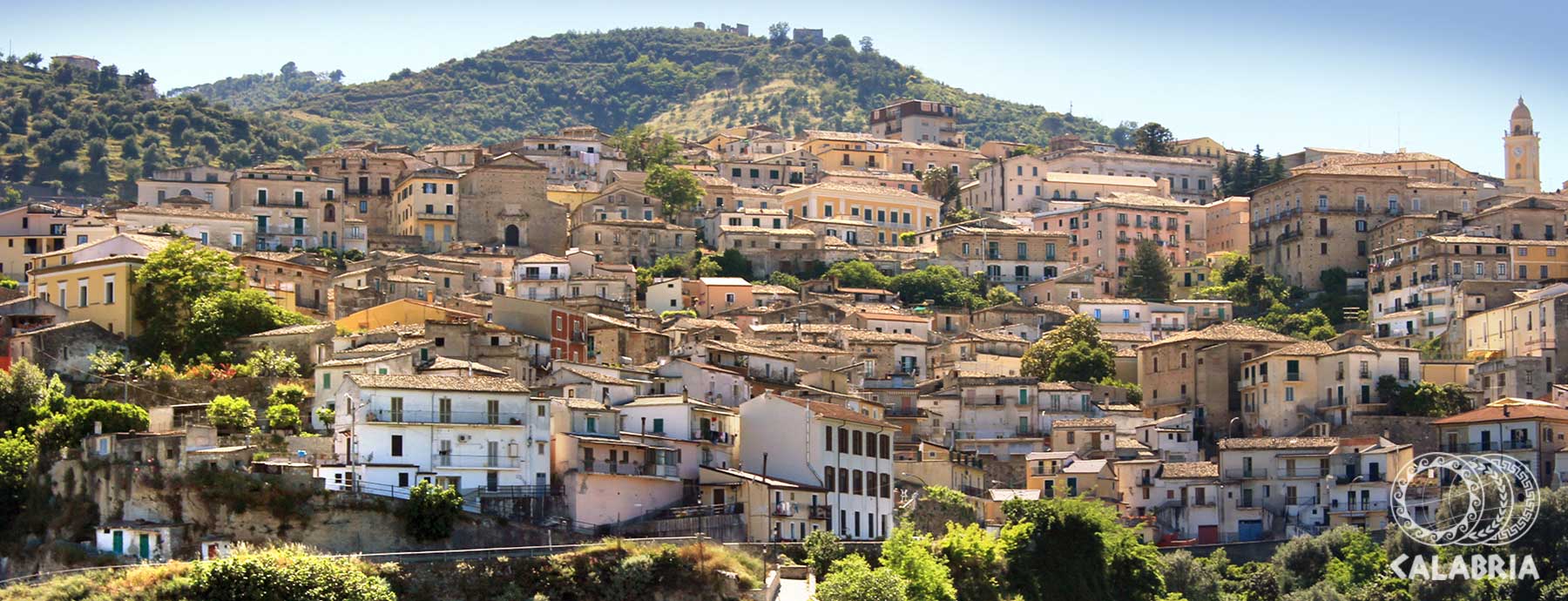Rione Fossi is one of the most famous ghost towns in Italy. Abandoned in 1930 after an earthquake, today some places are partially recovering; it belongs to the municipality of Accadia, a town set between Campania and Puglia, which became part of the province of Foggia in the Thirties. Its ancient name was "Fossa dei Greci" and it owes this name to the prehistoric caves where the "Orfici", that is hermits, lived. This ancient district is an enchanted place where time seems to have stopped and everything hovers in a dimension of eternal present.
During the Roman period, this area was an important place of worship. You could admire wonderful and rich pagan temples and priestly residences; in the Middle Ages, instead, this wonderful Daunian place became a real fortress.
This small ghost village with its narrow streets, winding alleys, old medieval houses and the remains of small churches. The old houses are gathered around the monumental Mother Church of Saints Peter and Paul, dating back to the Byzantine period.
The most ancient part of Rione Fossi develops on the rocky slope, in the lowest part of the valley, with houses dug into the rock like those peeping out among the characteristic Sassi of Matera.
Inside the village you can also admire the remains of the Ducal Palace. Next to the ancient Arch of Porta di Capo, which was once the gateway to the village, there is a small square named after Chancellor Ranuccio Zannella, a heroic defender of Accadia during the siege of 1462.
